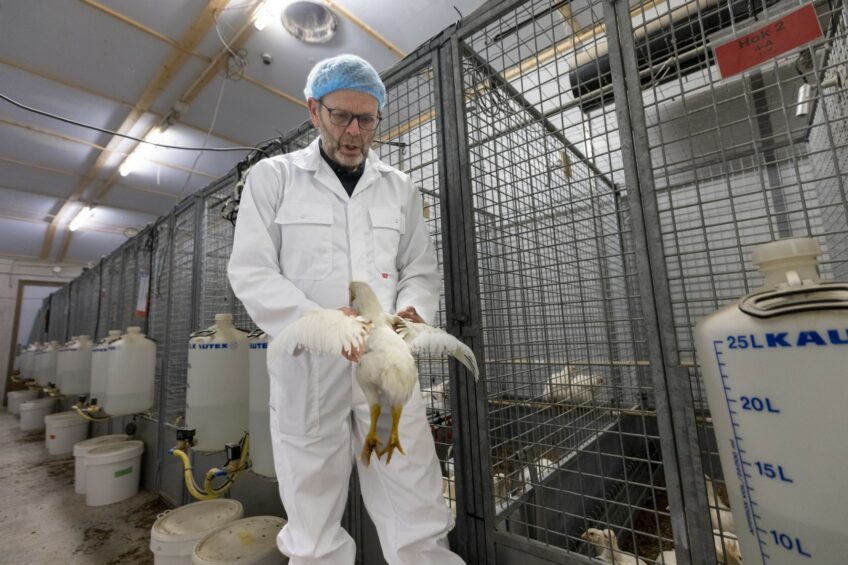Column: Behaviour in combination with layout is key in broiler breeding

Late January 2024 I had the pleasure of attending the impressive IPPE exhibition in Atlanta, USA. Amid the bustling atmosphere, I engaged in discussions with numerous individuals from the broiler breeder industry originating from various countries. One recurring topic that garnered significant attention was the notable decline in the average hatchability of breeder eggs in the US. Average hatch between 2020 and 2023 declined from approximately 82.5% to around 80%. Of particular concern was the sharp decrease in hatch after 40-45 weeks of age.
Interestingly, this average hatchability figure stands in stark contrast to the average hatchability rate of 86% observed in northwest Europe. While not conclusive, I‘ve developed some insights into the substantial disparity between the 2 continents.
Primarily, it appears that differing breeds are utilised in the US and the EU. The dominant breed in northwest Europe presently is the Ross 308, renowned for its high hatchability rates. Conversely, in the US, a broader range of breeds (including the Ross 308, Ross 708, Cobb 500, and Cobb 700) and sometimes mixed breeds are employed. However, this variation in breeds alone does not fully account for the significant 6 percentage point difference in hatch rates.
Upon further reflection, I realised that mating behaviour, coupled with house layout, may be contributing to this hatchability discrepancy. Breeders in the US typically utilise 2/3 slats (1/3 on both sides), whereas in the EU, 50% slats in the middle is common practice. It is well-established that the litter area serves as the habitat for males, where approximately 95% of matings occur. A larger litter surface area can diminish male-to-male competition and ensure increased attention to females.
However, a more critical factor lies in the ability of older females to seek refuge on the slats behind the laying nests. With the transition from manual to automatic nests, the corridors between the nest boxes have shrunk from approximately 80% to 20%, restricting movement between slats and litter.
Research indicates that as females age, they tend to avoid males due to over-mating during the initial phases of the laying cycle. Consequently, the combination of a safe area (behind the nest boxes) in old-age flocks and reduced interaction with males results in diminished fertility and hatchability. Interestingly, the incidence of females avoiding males has been exacerbated by an increase in male spiking.
In light of these findings, it seems that the future of broiler breeder houses may indeed be leaning towards a European-style approach. If we want to pursue higher performance, that is.
Join 31,000+ subscribers
Subscribe to our newsletter to stay updated about all the need-to-know content in the poultry sector, three times a week. Beheer
Beheer








 WP Admin
WP Admin  Bewerk bericht
Bewerk bericht